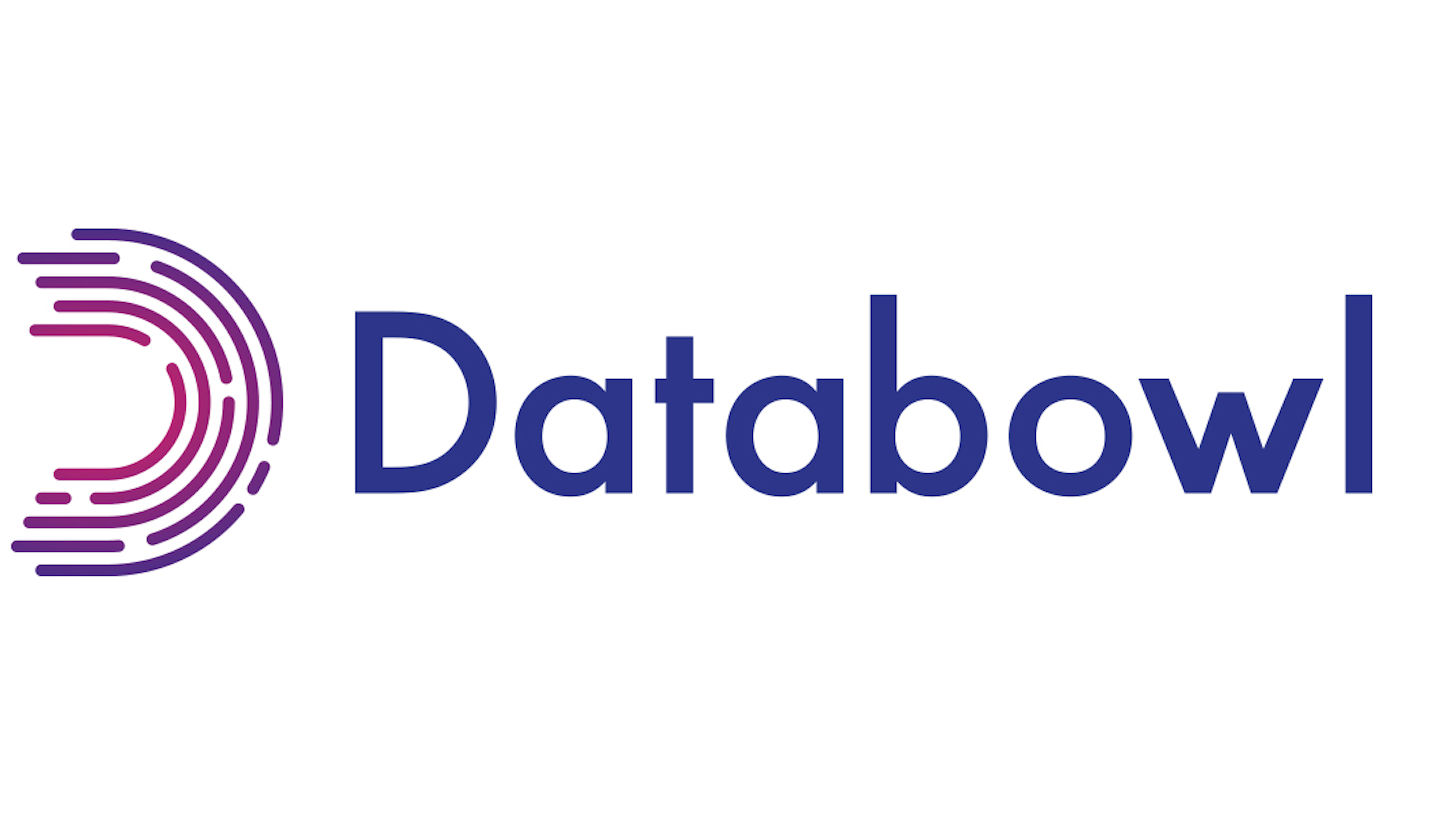There remains within the world of performance marketing a tendency to view machine-learning software with a sense of trepidation. Certainly, there is an inherent sense of excitement and opportunity bound with the promised possibilities of such new software, yet there is also caution and a lack of clarity. For many, the idea of employing machine-learning technology within the everyday MarTech toolkit remains a project for tomorrow.
We are certainly at the point where large brands are investing heavily in machine- learning. Indeed, it is quickly becoming the most valuable piece of software available for the largest brands, agencies and networks. However, for performance marketers operating on a smaller level, the use of machine-learning software is not yet as integral to performance as tools such as a lead management platform, affiliate tracking or a landing page builder.
Machine-Learning currently exists as a promised fourth pillar of performance marketing that is yet to be accessed and employed by all. For those willing to move ahead of their competitors, this must represent a huge opportunity.
Lead scoring
For performance marketers looking to introduce machine-learning to their setup, the use of lead scoring is perhaps the simplest way of improving results.
For a long time, performance marketers have been ‘lead scoring’ ineffectively by providing a pre-determined set of rules that they believe signifies success and consequently assigning different scores to varying levels of information.
For example, say you are looking to generate leads that meet a certain set of criteria (for example, women aged 25-45 who own a certain brand of car, live in a certain area and have a salary over a set amount. The traditional method of lead scoring would see anybody who fits all stipulations getting a perfect score.
Theoretically, this is all well and good, but most of the time, all you’re doing is making assumptions from a snapshot in time and applying it to all future activity. Even if your initial assumptions are correct, which is not a given, this leaves you entirely unable to pivot on new information as it occurs.
The machine-learning way of doing lead scoring is completely different. Naïve by nature, it’s constantly evolving, looking at all the relevant information to make detailed adjustments in real-time, giving you a much greater chance of a viable and adjustable lead score, without making false assumptions.
This application of lead scoring is given to clearly illustrate one example. In reality, the possibilities available to those using lead scoring within their campaigns are far-reaching. Depending upon the requirements of the campaign, machine-learning can be used to automatically generate a score representing the likeliness to convert, thus allowing you to allocate resources accordingly and optimise results.
This difference between the traditional method and the new, machine-learning method, very clearly represents an opportunity for a boost in performance. That performance marketers will inevitably reach this new point is inevitable. The only question is when will this be standard practice? As it stands, those who reach these optimised results now will be ahead of the game; in time, those who don’t use this method will simply fall behind.
Ready to start?
Whether you’re a lead generator or broker, advertiser or agency, the fundamental KPIs of performance marketing remain the same. At the centre of the industry, the quality of leads is key. To very simply improve the quality of leads you generate – whatever you ultimate use of said leads will be – machine-learning can help improve your results.


